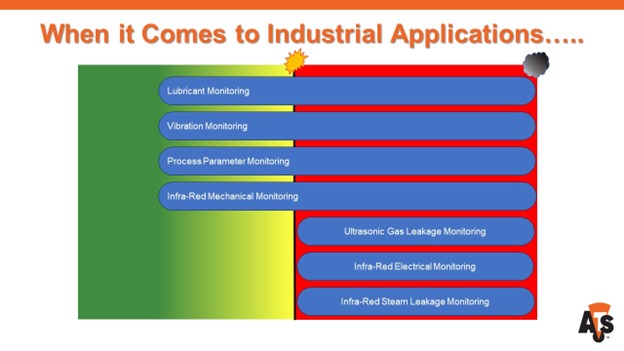A not-too-subtle connection exists between what Condition Monitoring you go through with your medical provider and what Condition Monitoring should be doing for your production and supporting machinery. Please note that This posting is not to be considered as medical advice – for that please seek out your health care provider.
We’ve all heard (and many of us have said) over the years that a good machinery condition analyst is like a doctor for machines. And we’re all familiar with the analogy that the lubrication community has rightfully used for years; that the lubricant is the lifeblood of the machine. Drawing off a lubricant sample and sending it to a lab for analysis is really no different than when we have blood or urine samples drawn for laboratory testing. The goal in all cases is to try to get an understanding of what is really going on inside the systems, whether it is looking for water or coolant degrading the ability for the lubricant to do its job or excessive sugar, bad cholesterol, or some other problem indicating constituent in our bloodstreams. Both scenarios lead to discovering bad things happening inside the machine or our body’s systems. But that analogy alone just isn’t enough.
The Extended P-F Curve, shown in Figure 1, has been addressed many times over the years when it comes to condition monitoring and evaluation on industrial machinery but sometimes people just don’t get how important a regular condition monitoring program really is. Let’s quickly review the important points.

Figure 1 – The Extended P-F Curve
A running machine generally starts out in good functional or operational health, able to support production ON DEMAND, AT CAPACITY, and WITHIN QUALITY STANDARDS. This is true until some bad thing happens – that won’t reverse or correct itself – that puts the machine’s functional health on a downward trajectory. Traditional Condition Monitoring for PREDICTIVE maintenance doctrine says that somewhere on that downward trajectory, we are able to recognize the fact that irreversible damage has started and hopefully get it corrected before it continues progressing to functional failure. More enlightened thinking promotes looking for root cause failure mechanisms in progress, before the irreversible damage starts.
We can all agree that the reality is that machines, like people, have multiple failure mechanisms which progress at different rates and can be detected at different times once they have begun, some giving us lots of time to plan and schedule the corrective action and others that require a more immediate response to prevent something catastrophic from happening, as shown in Figure 2.

Figure 2 – Multiple Failure Mechanisms with Different Detection Times
The real goal of a good condition monitoring and evaluation program, just like regular medical check-ups and testing, should be to look to the data to gain proactive insights about root cause failure mechanisms that may be in play so that they can be corrected before the actual damage starts.
Changing the shape, you never think twice about the fact that every time you go to a doctor, if for a scheduled exam or if you think may have symptoms of something, they take certain measurements every time you walk into the office. These data points can provide indications both leading up to something bad happening or can provide clues that something bad has already happened. Less frequently, and depending on either one’s symptoms, family history, or how long it’s been since the last time this data was collected, there’s a whole variety of testing that is done at varying intervals. Some tests can identify root cause failure mechanisms in play as well as real damage that has already started and other tests are only effective after the damage has started and progressed to the point of detectability. Figure 3 shows how these medical evaluations could line up.

Figure 3 – Proactive vs. Predictive Medical Evaluations
Going back to monitoring industrial machinery and system condition monitoring, the techniques we use are focused towards specific root cause failure mechanisms and damage indications. Some, like lube monitoring, vibration monitoring, process pattern recognition and anomaly detection, and infra-red mechanical monitoring enable both root cause failure mechanisms in play while others are effective once the physical damage has started, as shown in Figure 4. FAMILY HISTORY in people equals maintenance and failure experience on SIMILAR MACHINES.

Figure 4 – Machinery Condition Monitoring Methods
Remember that YOUR LIFE depends on what your medical providers determine is going on within your body through periodic condition monitoring tests and activities.
At the same time, YOUR LIVELIHOOD depends on what your condition monitoring and evaluation team determines is going on within the guts of your production and supporting machinery.
This article is not intended as human medical advice. For that please consult with your own personal health care provider.
Watch our recent Vidtorial on this same topic.






0 Comments